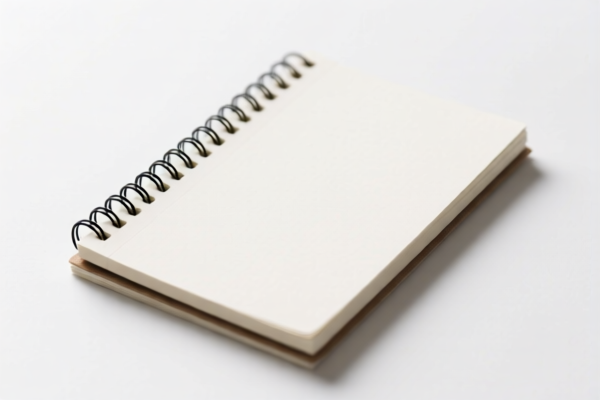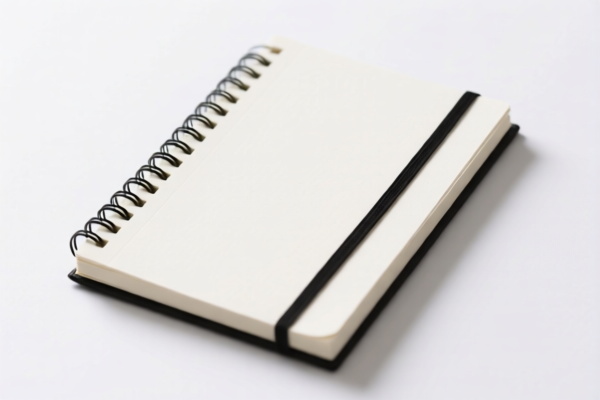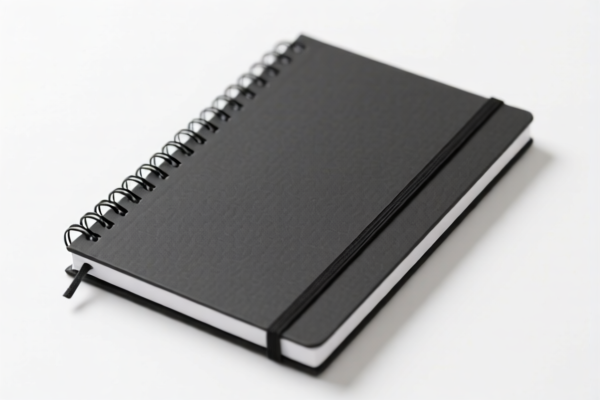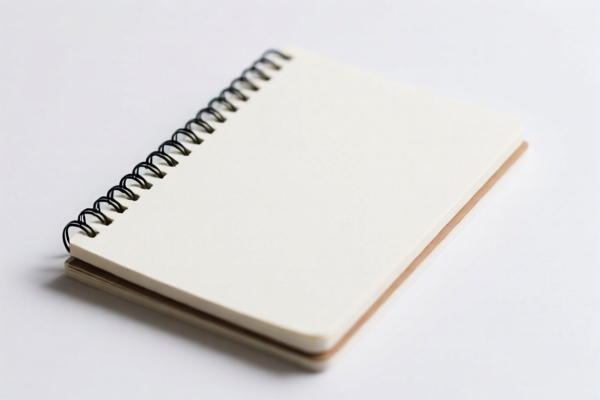| HS Code | Official Doc | Tariff Rate | Origin | Destination | Effective Date |
|---|---|---|---|---|---|
| 4202929100 | Doc | 72.6% | CN | US | 2025-05-12 |
| 4202316000 | Doc | 63.0% | CN | US | 2025-05-12 |
| 4203406000 | Doc | 55.0% | CN | US | 2025-05-12 |
| 6114909010 | Doc | 35.6% | CN | US | 2025-05-12 |
| 6114909020 | Doc | 35.6% | CN | US | 2025-05-12 |
| 6101909060 | Doc | 43.2% | CN | US | 2025-05-12 |
| 6101909030 | Doc | 43.2% | CN | US | 2025-05-12 |
| 4820102010 | Doc | 55.0% | CN | US | 2025-05-12 |
| 4820102020 | Doc | 55.0% | CN | US | 2025-05-12 |
| 9610000000 | Doc | 33.5% | CN | US | 2025-05-12 |




Notebook Suit
A notebook suit, commonly referred to as a composition book set, is a collection of notebooks, typically bound together or sold as a coordinated set, intended for writing, note-taking, and general organizational purposes.
Material:
- Cover: Traditionally manufactured from paperboard, often featuring a coated finish for durability and ease of writing on. Modern variations include plastic, cloth, or laminated materials.
- Paper: Typically utilizes ruled paper, though blank, graph, or dotted paper options are common. Paper weight varies, with higher weights (e.g., 70-100 gsm) offering reduced bleed-through from inks.
- Binding: Commonly perfect-bound (glued spine), spiral-bound (wire or plastic), or sewn-bound (more durable, allows for lay-flat opening).
Purpose:
- General Note-Taking: Primary use for recording information in educational, professional, or personal contexts.
- Journaling: Suitable for daily writing, thought recording, and creative expression.
- Sketching: Blank-paged versions are appropriate for drawing and sketching.
- Organization: Can be used for dedicated sections within a larger organizational system (e.g., one notebook per project).
Function:
- Information Capture: Provides a physical medium for recording thoughts, ideas, and data.
- Organization: Facilitates structured note-taking and idea grouping.
- Portability: Compact size enables easy transportation and use in various locations.
- Creative Outlet: Offers a space for artistic expression and personal reflection.
Usage Scenarios:
- Education: Students utilize for class notes, homework assignments, and study materials.
- Professionals: Used for meeting minutes, project planning, and task lists.
- Personal Use: Employed for journaling, creative writing, and personal organization.
- Travel: Compact size makes them ideal for travel journals and on-the-go note-taking.
Common Types:
- Composition Notebook: Traditional type with a paperboard cover, typically with 70-80 sheets of ruled paper.
- Spiral Notebook: Features spiral binding, allowing pages to be easily torn out or folded flat.
- Hardcover Notebook: Offers increased durability and a more premium feel.
- Pocket Notebook: Small, portable notebooks suitable for quick notes and everyday carry.
- Subject Notebook: Designed with dividers for organizing notes by subject or topic.
- Bullet Journal: A customizable notebook system used for planning, tracking, and organization.
- Sketchbook: Features blank pages of heavier weight paper, ideal for drawing and sketching.
Notebook suits fall under the category of stationery items, specifically registers, account books, notebooks, order books, receipt books, letter pads, memorandum pads, diaries and similar articles, of paper or paperboard.
Here are the relevant HS codes based on the provided reference material:
- 4820102010: Registers, account books, notebooks, order books, receipt books, letter pads, memorandum pads, diaries and similar articles: Diaries, notebooks and address books, bound; memorandum pads, letter pads and similar articles – Diaries and address books. This code covers bound diaries, notebooks, and address books.
- 4820102020: Registers, account books, notebooks, order books, receipt books, letter pads, memorandum pads, diaries and similar articles: Registers, account books, notebooks, order books, receipt books, letter pads, memorandum pads, diaries and similar articles – Memorandum pads, letter pads and similar articles. This code covers memorandum pads and letter pads.
Explanation of HS Code Structure (based on provided reference material):
- 48: Chapter 48 relates to “Registers, account books, notebooks, order books, receipt books, letter pads, memorandum pads, diaries and similar articles.”
- 20: Heading 20 specifies “Registers, account books, notebooks, order books, receipt books, letter pads, memorandum pads, diaries and similar articles, of paper or paperboard.”
- 10/20: Subheading 10/20 further categorizes the items into specific types like diaries, notebooks, address books, memorandum pads, and letter pads.
Tax Information (based on provided reference material):
Both HS codes 4820102010 and 4820102020 have the following tax details:
- Basic tariff: 0.0%
- Additional tariff: 25.0%
- Tariff after April 2, 2025: 30.0%
- Total tariff: 55.0%
Important Note:
According to the provided reference material, for HS codes 4820102010 and 4820102020, please note the need to verify the material as “of paper or paperboard”.
Customer Reviews
No reviews yet.